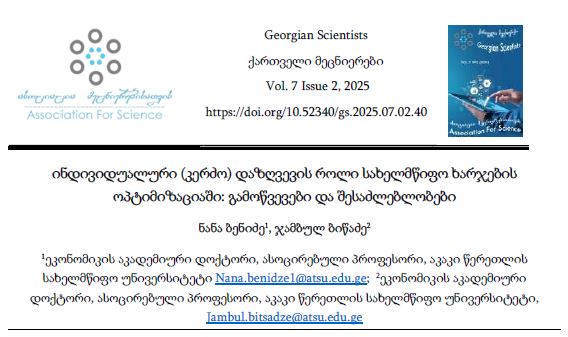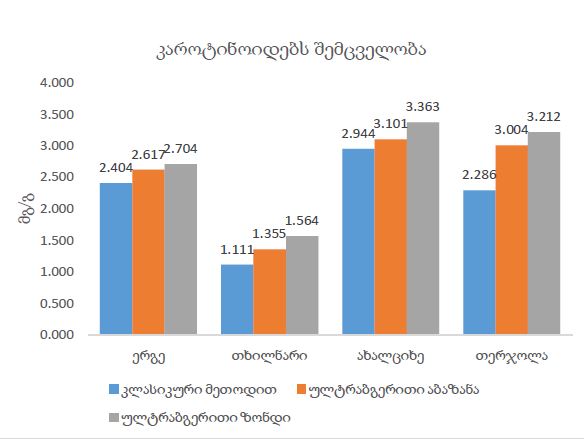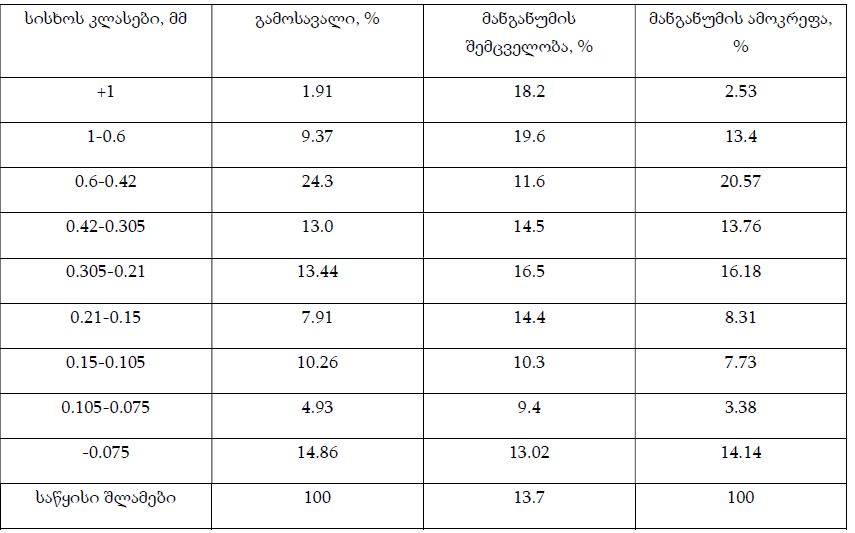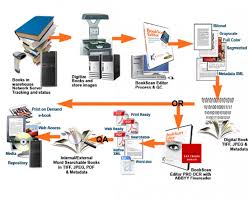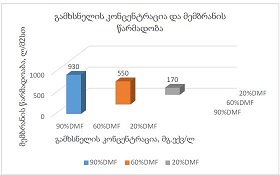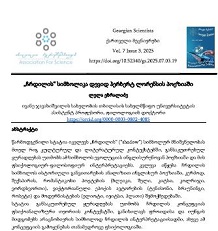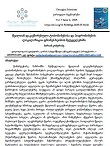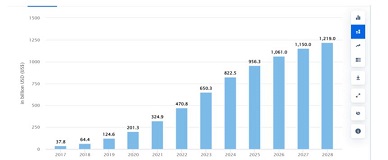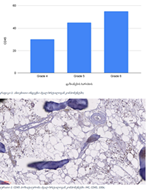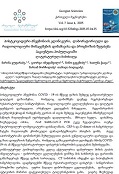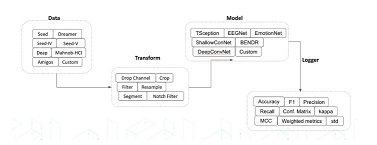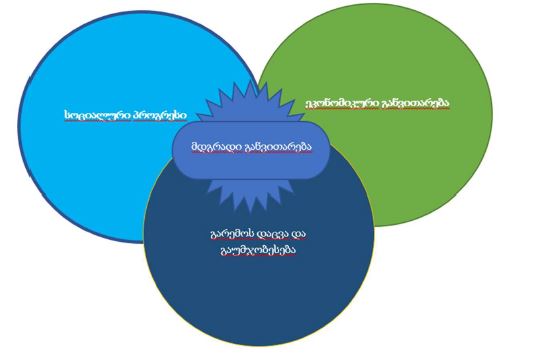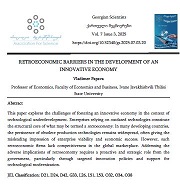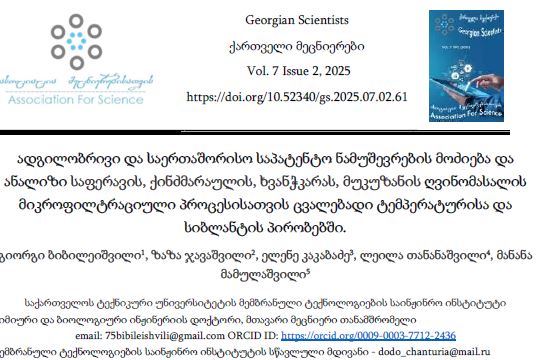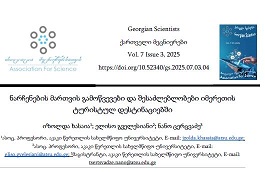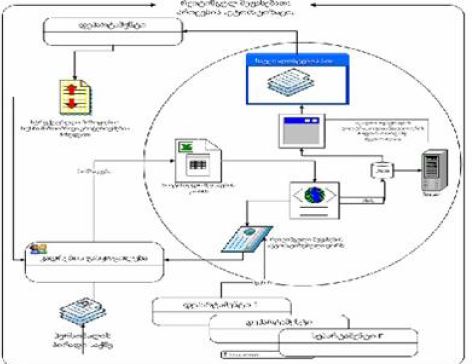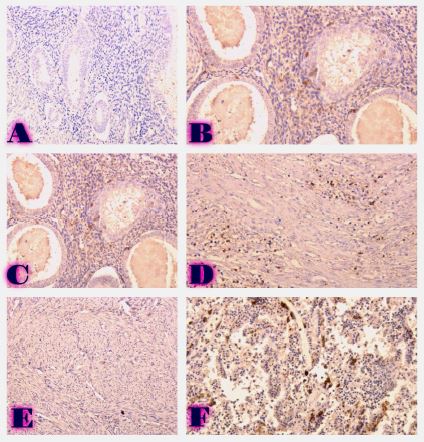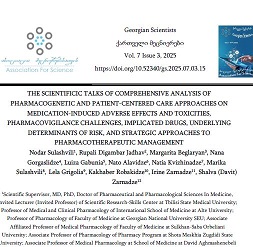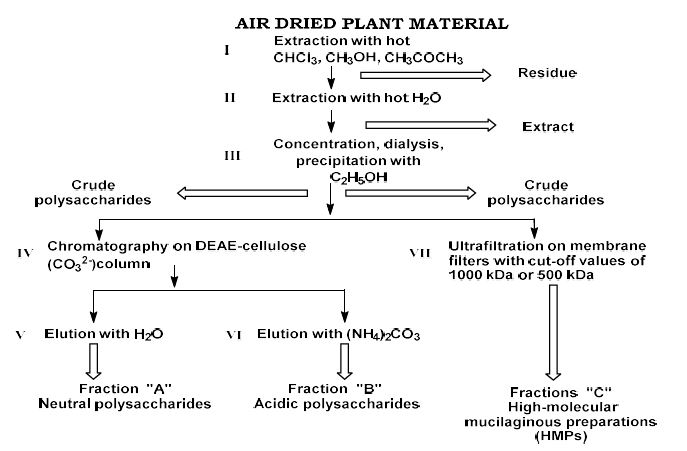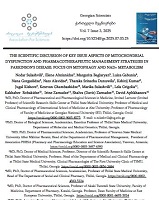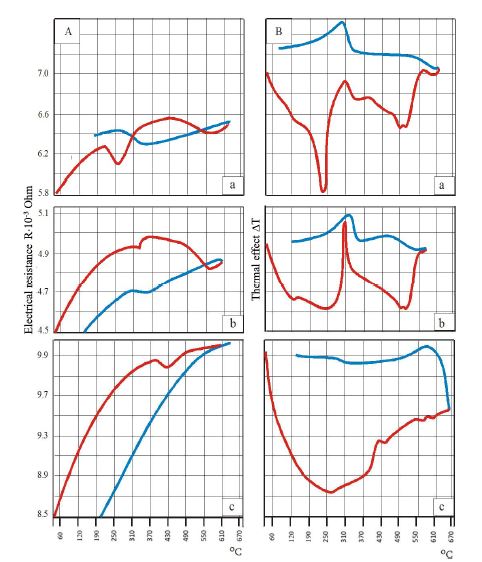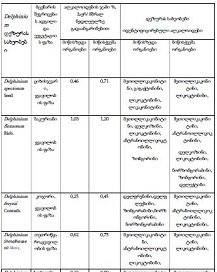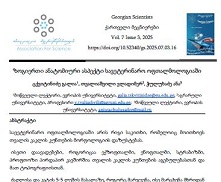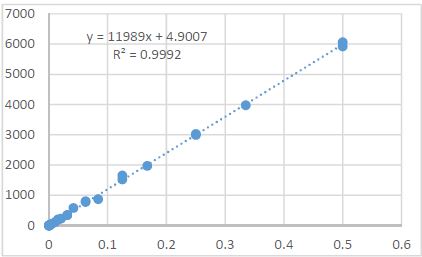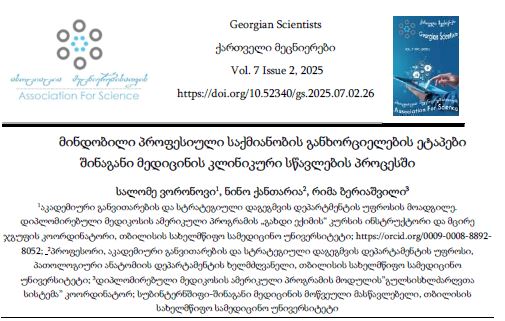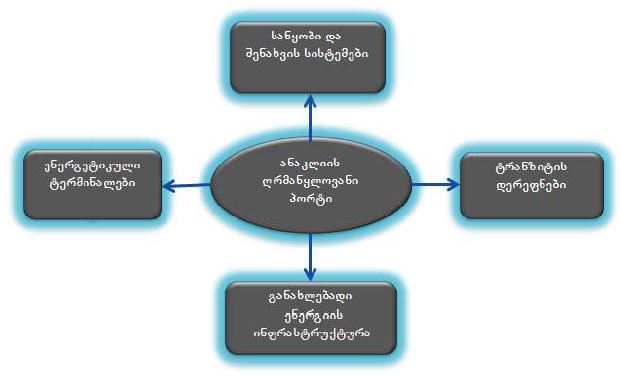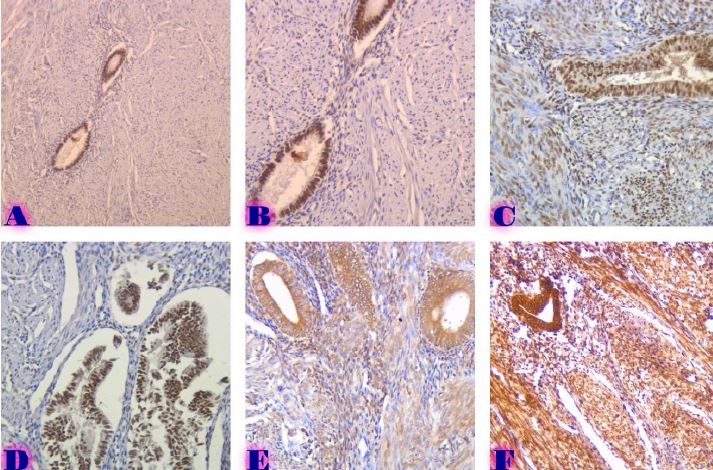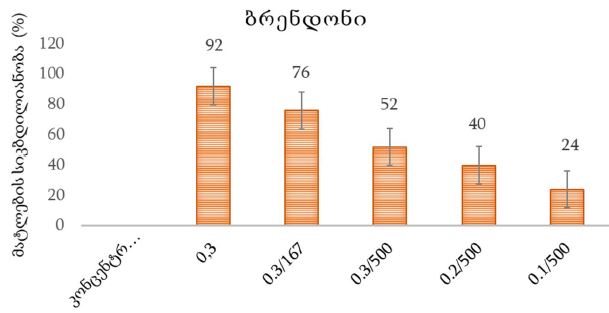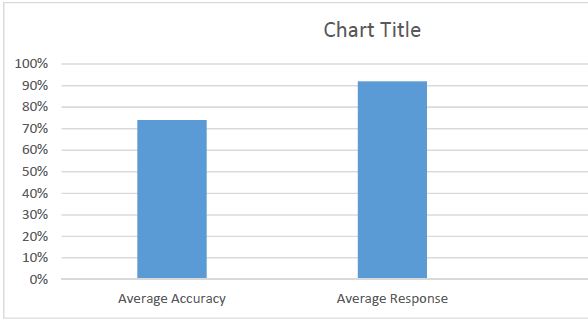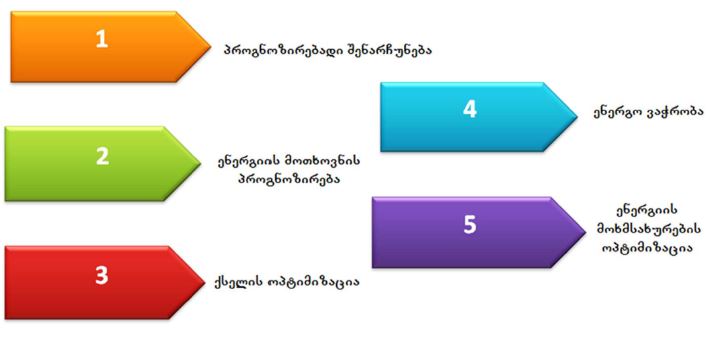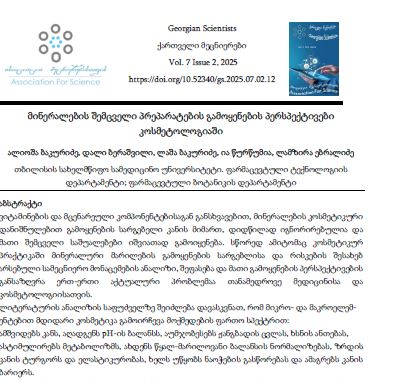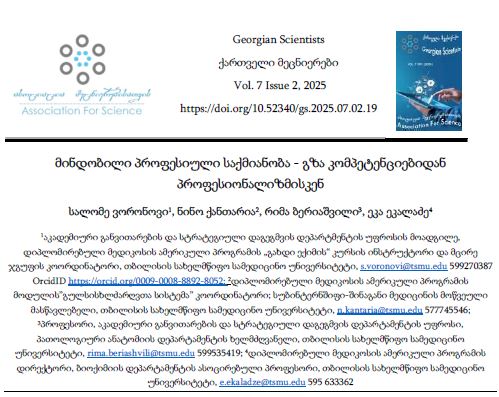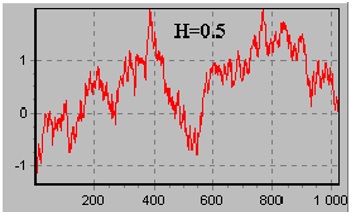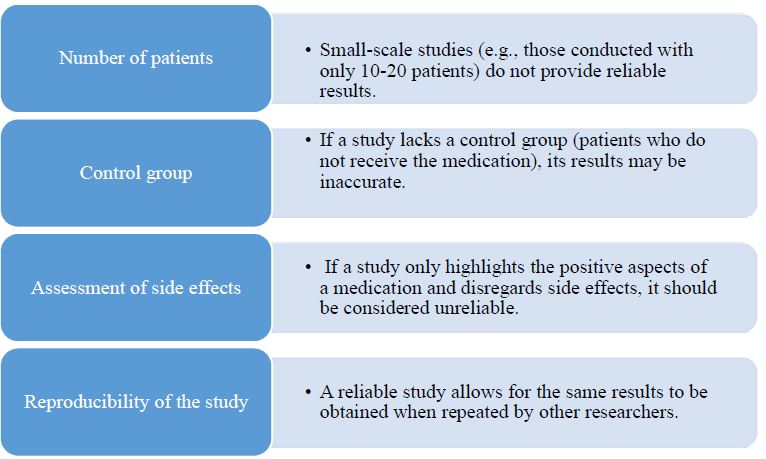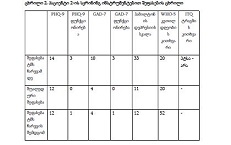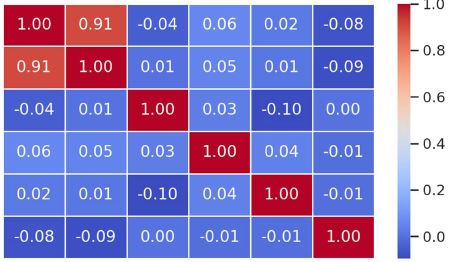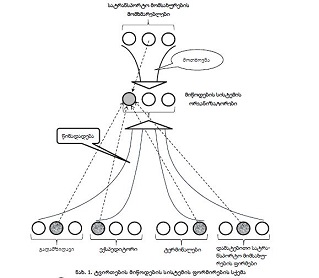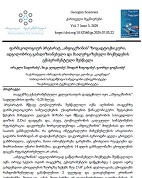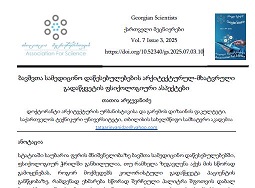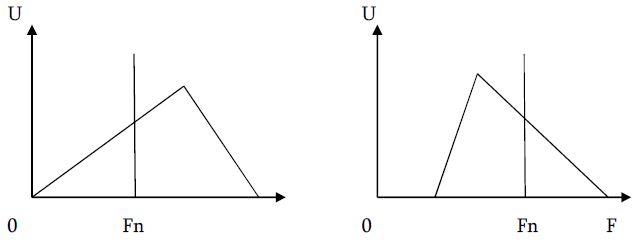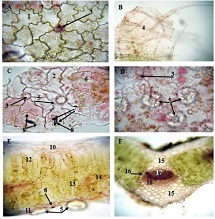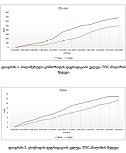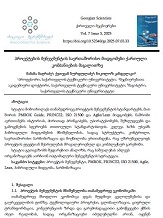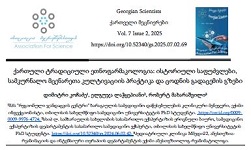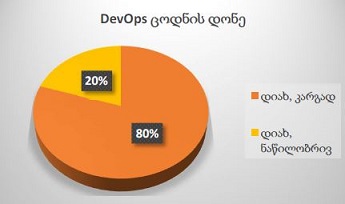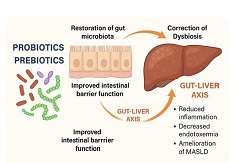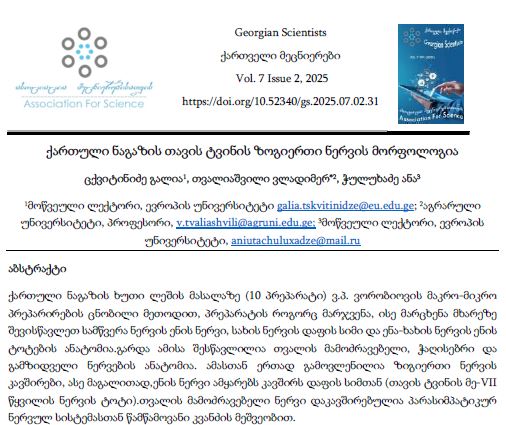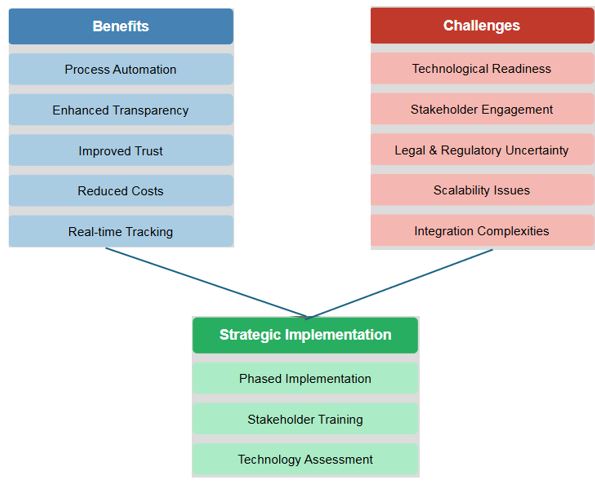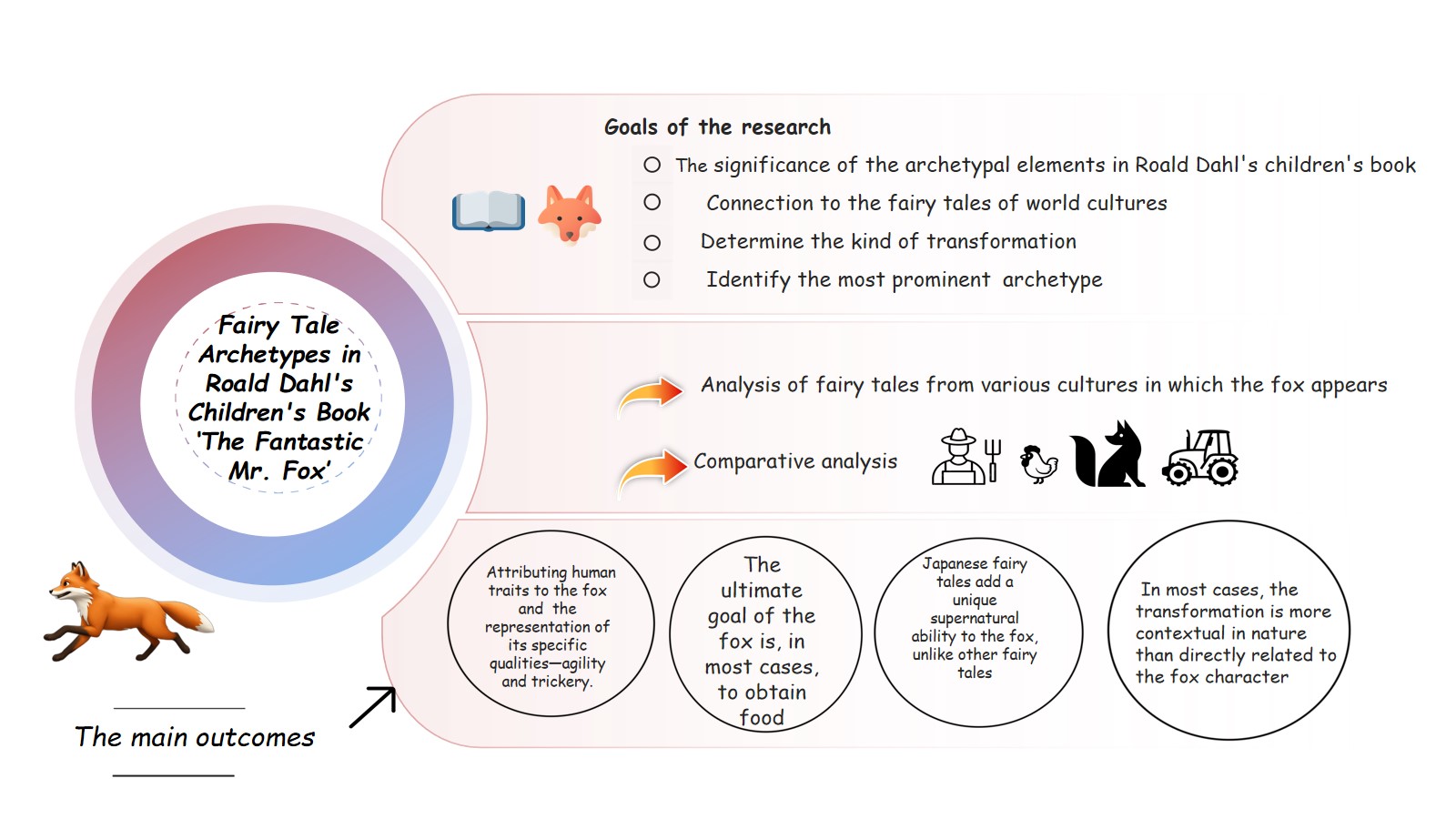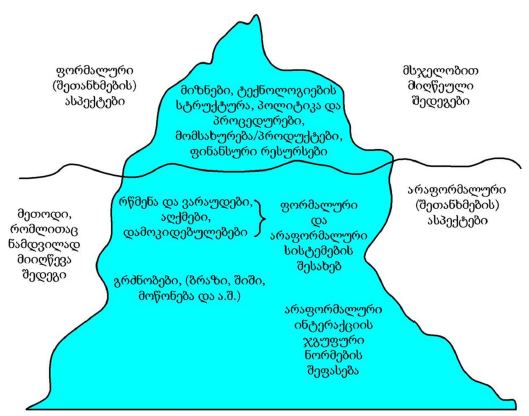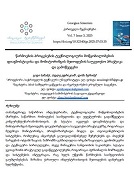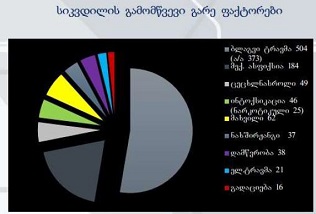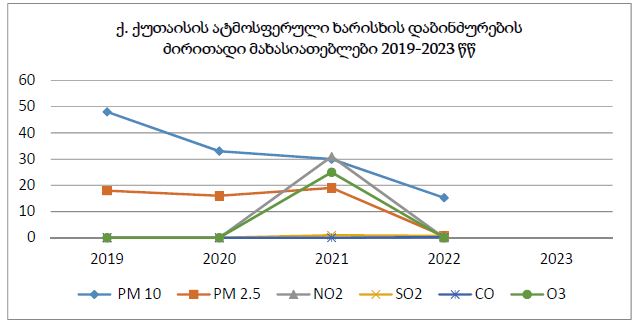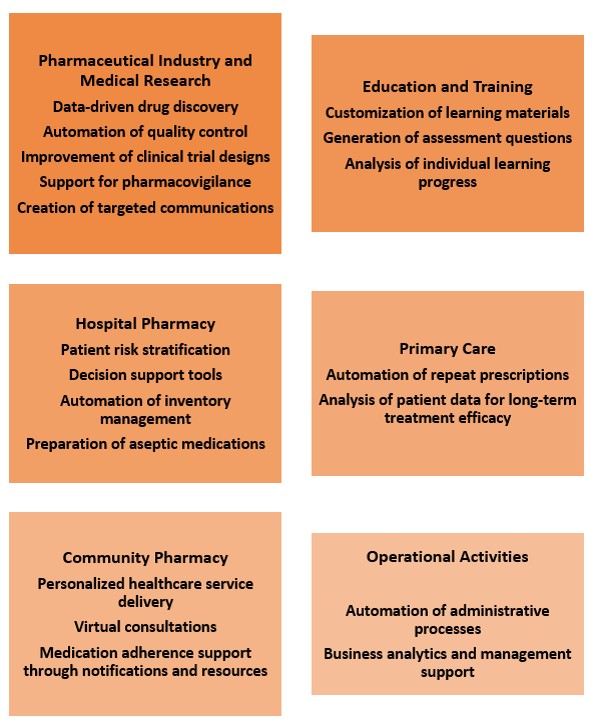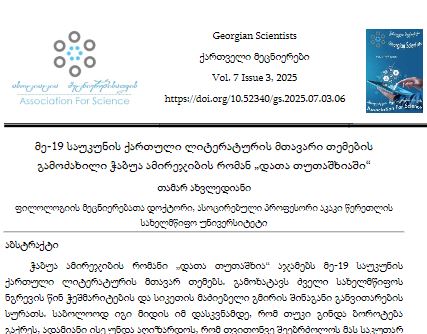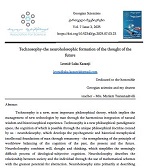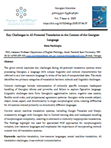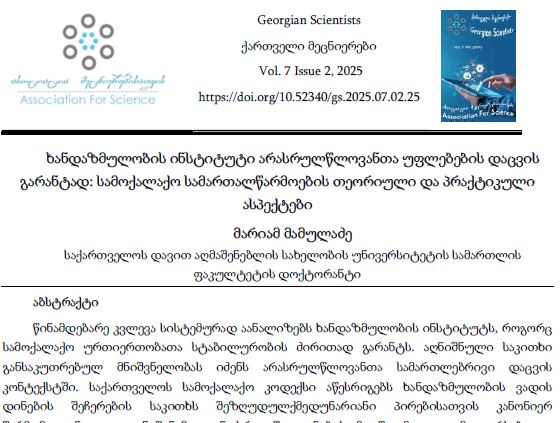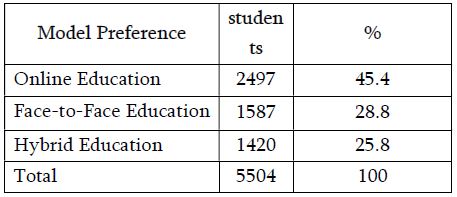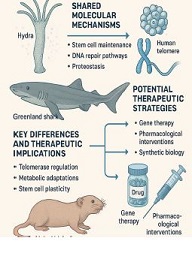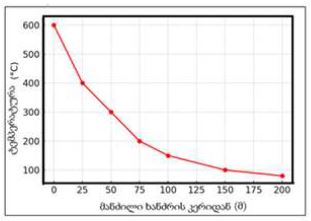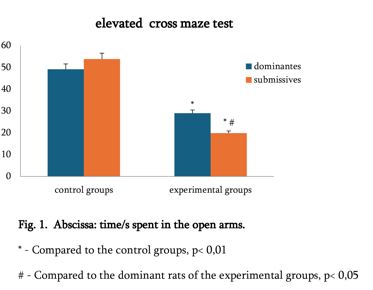Environmental contamination with lead and its impact on human health
Downloads
Environmental pollution with heavy metals, in particular lead, and related problems are discussed in the article. Theyhas been investigatedthe scale of the problemcaused by lead is being investigated andrelated to it potential measures are discussed. Lead is one of the strong toxic substances that affects human health, it is especially dangerous for children. The risks of exposure to lead on the environment, human and children's health have been studied, both in the whole world and in Georgia. The use of lead-containing products in everyday life, such as construction, electronics, fuel, paints, toys, air pollution with exhaust,and others is discussed. It is noted that lead can cause significant negative economic and social impacts at the population level. Is scheduled possible measures to reduce environmental pollution withlead.
Downloads
Collin, M. S., Venkatraman, S. K., Vijayakumar, N., Kanimozhi, V., Arbaaz, S. M., Stacey, R. G. S., Anusha, J., Choudhary, R., Lvov, V., Tovar, G. I., Senatov, F., Koppala, S., & Swamiappan, S. (2022). Bioaccumulation of lead (Pb) and its effects on human: A review. Journal of Hazardous Materials Advances, 7, 100094. https://doi.org/10.1016/j.hazadv.2022.100094
Lanphear, B. P., Rauch, S., Auinger, P., Allen, R. W., & Hornung, R. W.. (2018). Low-level lead exposure and mortality in US adults: a population-based cohort study. The Lancet Public Health, 3(4), e177–e184. https://doi.org/10.1016/s2468-2667(18)30025-2
Pichery, C., Bellanger, M., Zmirou-Navier, D., Glorennec, P., Hartemann, P., & Grandjean, P.. (2011). Childhood lead exposure in France: benefit estimation and partial cost-benefit analysis of lead hazard control. Environmental Health, 10(1), 44. https://doi.org/10.1186/1476-069x-10-44
Final review of scientific information on lead. Nairobi: United Nations Environment Programme; 2010 (https://w edocs.unep.org/handle/20.500.11822/27635,a accessed 13 April2020).
Ericson, B., Hu, H., Nash, E., Ferraro, G., Sinitsky, J., & Taylor, M. P. (2021). Blood lead levels in low-income and middle-income countries: a systematic review. The Lancet Planetary Health, 5(3), e145–e153. https://doi.org/10.1016/s2542-5196(20)30278-3
Bret Ericson, Levan Gabelaia, John Keith,Tamar Kashibadze,Nana Beraia, Lela Sturua, Ziad Kazzi. Elevated Levels of Lead (Pb) Identified in Georgian Spices. Annals of Global Health Year: 2020 Volume: 86 Issue: 1 Page/Article: 124 DOI: 10.5334/aogh.3044
Parliament of Georgia. (2020). Assessment of Lead Pollution in Georgia. Retrieved 20 February 2022, from https://info.parliament.ge/file/1/BillReviewContent/263763.
Scientific Research Center of Agriculture. (2018). Risk Assessment of Lead Prevalence in Food Report. Retrieved 20 February 2022, from:
Lead-based paint and housing renovation. In: Guidelines for the evaluation and control of lead-based paint hazards in housing. Washington (DC): United States Department of Housing and Urban Development; 2012 (https://www.hud.gov/program_offices/healthy_homes/lbp/hud guidelines,accessed13April2020).
Side events. (n.d.). Www.brsmeas.org. Retrieved November 25, 2023, from https://www.brsmeas.org/2019COPs/Sideevents/tabid/7853/language/en-US/Default.aspx
Institute for Health Metrics and Evaluation. (2019). GBD Compare. IHME, University of Washington
Agency for Toxic Substances and Disease Registry. (2020). Toxicological Profile for Lead. Atlanta, GA: U.S. Department of Health and Human Services, Public Health Service. Retrieved 20 February 2022, from: https://wwwn.cdc.gov/TSP/ToxProfiles/ToxProfiles.aspx?id=96&tid=22.
Mandal, G. C., Mandal, A., & Chakraborty, A.. (2023). The toxic effect of lead on human health. Human Biology and Public Health, 3. https://doi.org/10.52905/hbph2022.3.45
UNICEF. (2018). Multiple Indicator Cluster Survey 2018. NBS, UNICEF.
World Bank. (2019). Population ages 0-14, total. Retrieved 20 February 2022, from: https://data.worldbank.org/indicator/SP.POP.0014.TO
Copyright (c) 2023 GEORGIAN SCIENTISTS

This work is licensed under a Creative Commons Attribution-NonCommercial-NoDerivatives 4.0 International License.





